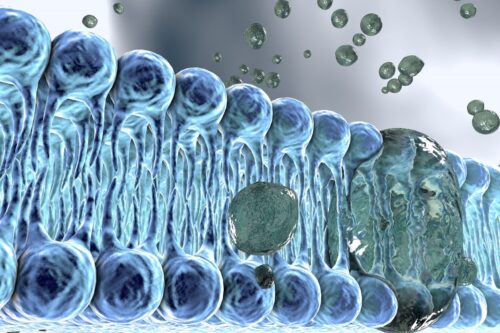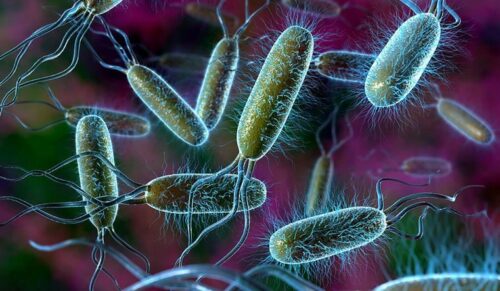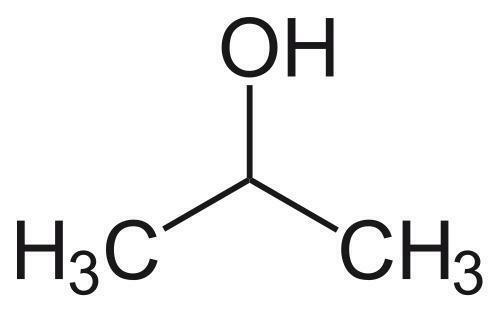In aquatic organisms, dietary exposure to nanomaterials is not only one of the important uptake pathways, but it is also one method to assess the transmission risk of the food chain. To address this concern, we quantitatively investigated the accumulation and depuration of fullerenols in the tissues of zebrafish after exposure to fullerenols-contaminated Daphnia magna. After exposure to#nbsp;13C-labelled fullerenol solution at a concentration of 2.5 mg/L for 72 h, the steady state concentration of fullerenols in D. magna was 31.20 ± 1.59 mg/g dry weight. During the 28 d uptake period for zebrafish, fullerenols in the tissues increased in a tissue- and day-dependent manner, and the major target tissues of fullerenols were the intestines and liver, followed by the gill, muscle, and brain. The kinetic parameters of uptake and depuration were also quantitatively analyzed. After depuration for 15 d, a certain amount of residual fullerenols remained in the tissues, especially the brain, where approximately 64 d may be needed to achieve 90% of the cumulative concentration depuration. The calculated distribution-based trophic transfer factors (TTFd#nbsp;values) (from 0.26 to 0.49) indicated that the tissue biomagnification of fullerenols by zebrafish through dietary exposure may not occur. Transmission electron microscopy (TEM) confirmed the presence of fullerenols in D. magna and the tissues of zebrafish. Our research data are essential for thoroughly understanding of the fate of nanoparticles through the dietary exposure pathway and directing future tissue bioeffect studies regarding target tissues for further research.
Related researches 71 articles
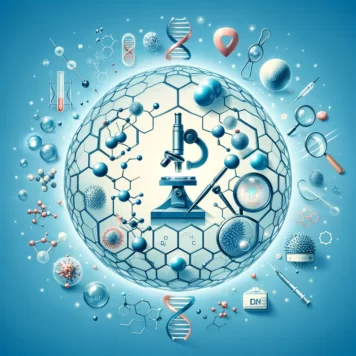



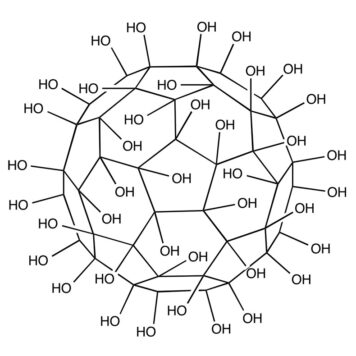
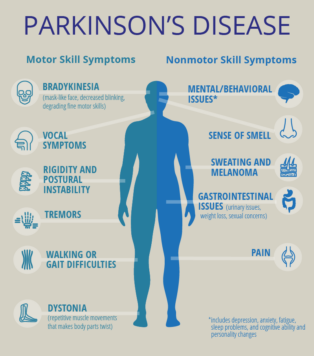


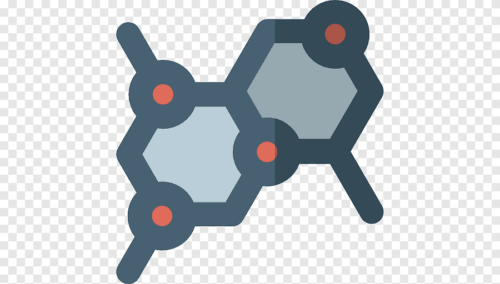
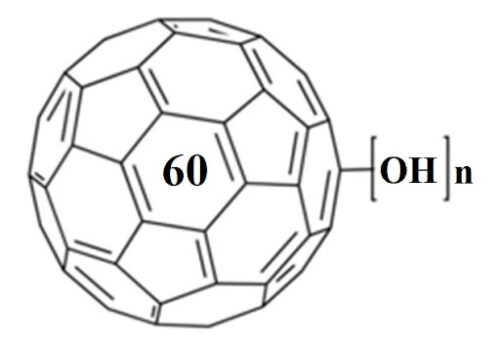

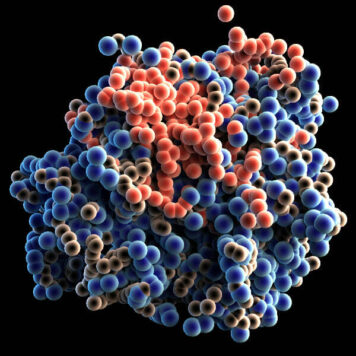


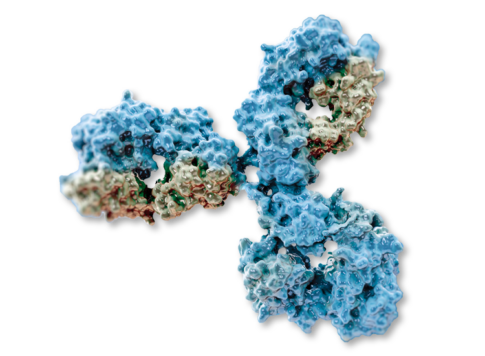
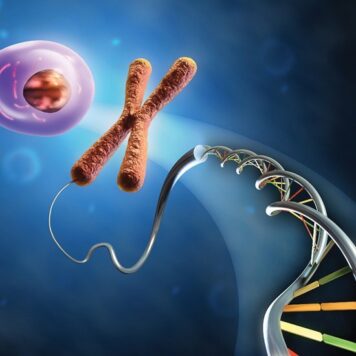


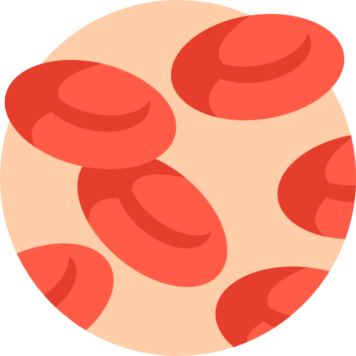
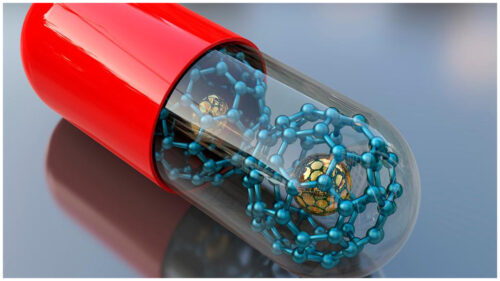


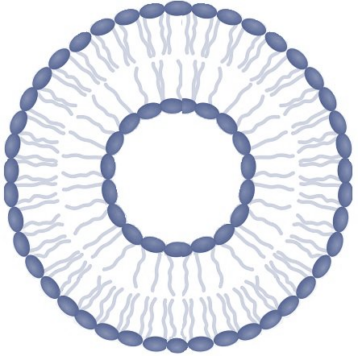

![Inhalable gadofullerenol/[70] fullerenol as high-efficiency ROS scavengers for pulmonary fibrosis therapy](https://biofullerene.com/wp-content/uploads/2022/12/istockphoto-12925559-440x356.jpg)
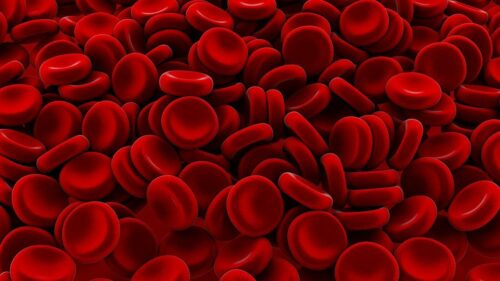
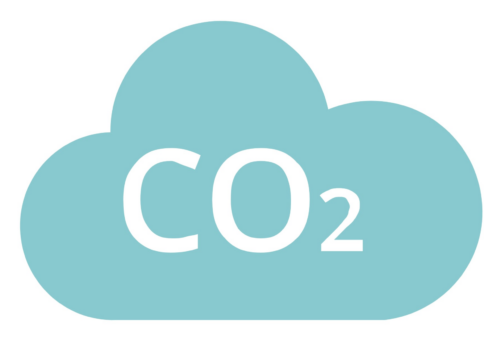
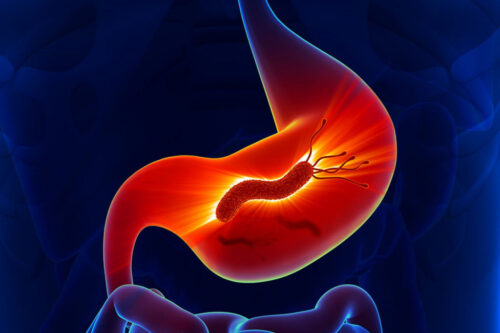





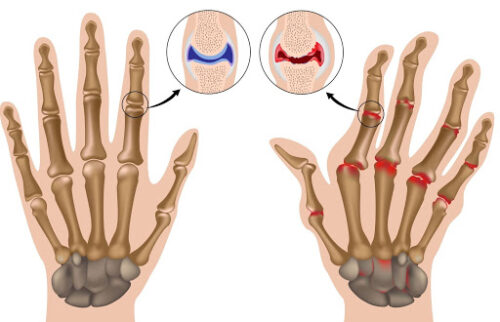
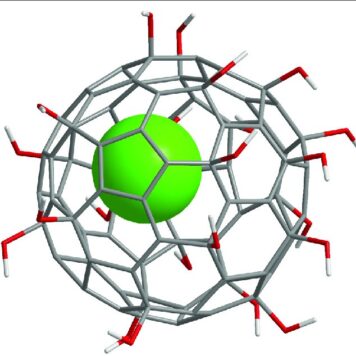

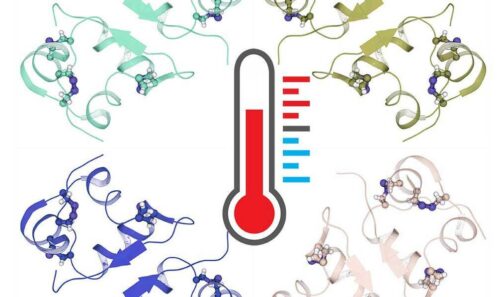

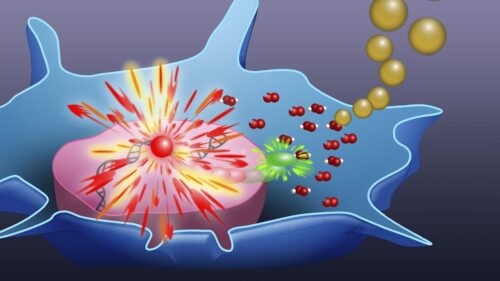
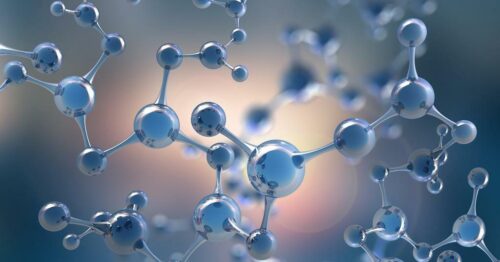






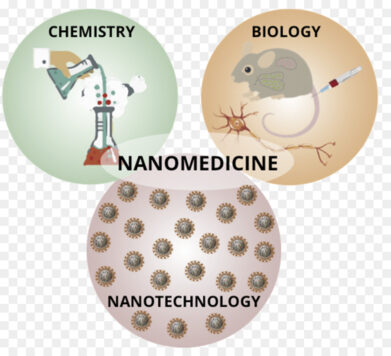

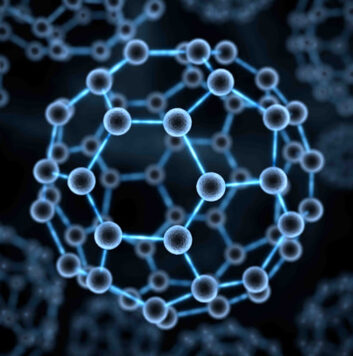

![Palladium-Catalyzed Reaction of [60]Fullerene with Aroyl Compounds via Enolate-Mediated sp 2 C-H Bond Activation and Hydroxylation](https://biofullerene.com/wp-content/uploads/2022/12/2978543-356x356.png)




